Sulphur Tuft (Hypholoma fasciculare) Identification
Toxic
Common Names:
Sulphur Tuft
Botanical Name:
Hypholoma fasciculare
Meaning of Botanical Name:
Hypholoma meaning mushroom with threads, fasciculare meaning small group.
Scientific Classification:
Kingdom: Fungi,
Division: Basidiomycota,
Class: Agaricomycetes,
Order: Agaricales,
Family: Strophariaceae
Genus: Hypholoma
Known Hazards:
gastric upset, temporary paralysis and distorted vision.
Could be confused with:
This mushroom could quite easily be confused with Brick tuft (Hypholoma lateritium – edibility up for debate) and Conifer tuft (Hypholoma capnoides – edible) however for most it’s not really worth the hassle of identifying the edible ones away from the none edible in these cases as they’re not prolific. However, Conifer tufts are quite tasty.
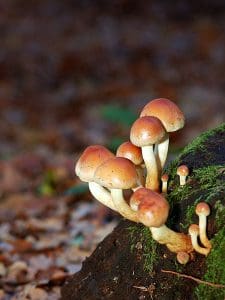
Food of:
This mushroom rarely has maggots.
Range and Distribution:
Common throughout Britain and Ireland, Europe, North America
Habitat:
Occurs on logs and stumps of most trees, occasionally on the ground on a buried log.
Physical Characteristics of the Sulphur Tuft Mushroom
Caps
They grow in clusters on stumps, The caps are orange in the centre becoming a lighter sulphur-yellow towards the edge. When young there are fine threads joining the cap to the stem.
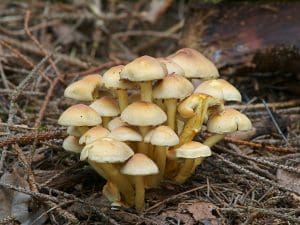
Gills
The gills are sulphur-yellow becoming a greeny black with age, adnexed / adnate and crowded.

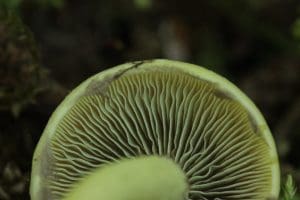
Stem
The stem starts sulphur-yellow becoming browner toward the base.
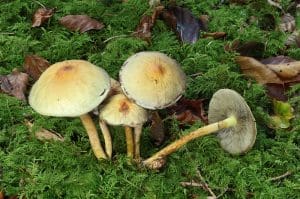
Spores
They have purplish-brown spores.
Edible Use:
Due to the toxicity we don’t recommend eating this mushroom, it also has a very bitter taste.



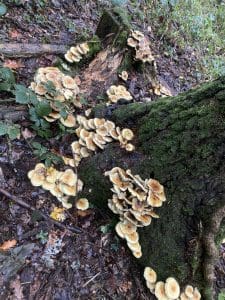
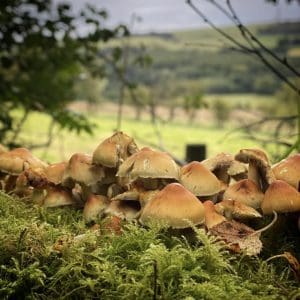



Leave a Reply
You must be logged in to post a comment.